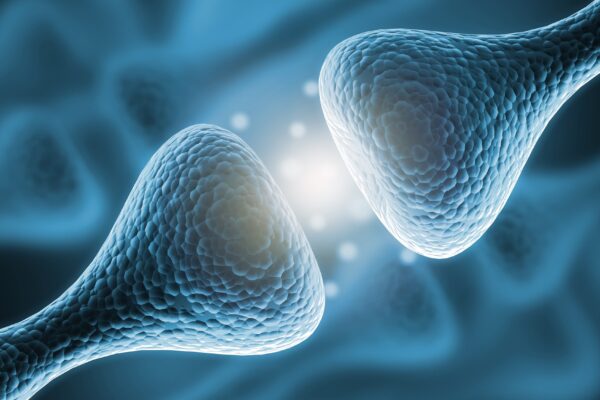COMPLEX REGIONAL PAIN SYNDROME (CRPS)
Frequent pain can be frustrating and can interfere with everyday activities. Complex regional pain syndrome (CRPS) is a form of chronic pain that usually affects an arm or a leg. CRPS typically develops after an injury, surgery, a stroke, or a heart attack. Pain can be chronic or acute. If you suffer from this syndrome there is no need to explain how much this changing combination of spontaneous or excess pain can be unpleasant. Many individuals with CRPS develop chronic pain that affects their quality of life and functional capacity. Symptoms can include pain, edema, changes in skin temperature and color, and hyperhidrosis. All contemporary therapies used in the treatment of this syndrome have not been excessively successful. Fortunately, there is a solution for that. When nothing seems to help, ketamine pain treatments may bring relief.
CRPS and symptoms caused by the syndrome are believed to be due to activation of one of the nerve cell receptors, namely NMDA receptor. Ketamine is a powerful anesthetic that works on these receptors, blocking them from the burst, which decreases the pain. Since Ketamine is an NMDAR antagonist, it has been considered for the treatment of CRPS. By blocking NMDA receptors, Ketamine can provide long-term relief for individuals with CRPS. Numerous studies have shown the effectiveness of ketamine in relieving symptoms and relieving pain in CRPS. Most patients feel the difference right after the infusion, but every patient’s response is different. In some cases, repetitive infusions may be necessary to maintain the effects of Ketamine while enhancing an individual’s quality of life. Studies also identified some side effects associated with Ketamine infusions, but all of them are resolved following the termination of treatment.

Before administering ketamine therapy, each client undergoes a detailed medical examination to determine that it is safe to receive this therapy. We must ensure they don’t have conditions that could worsen with Ketamine. Ketamine is delivered into the blood by infusion over several hours. Throughout the treatment, the nurse monitors your vital signs so that everything goes safely. The patient needs to stay at the clinic for at least one hour after the infusion. After the treatment, you will not be able to drive, so it is necessary to organize transportation.




